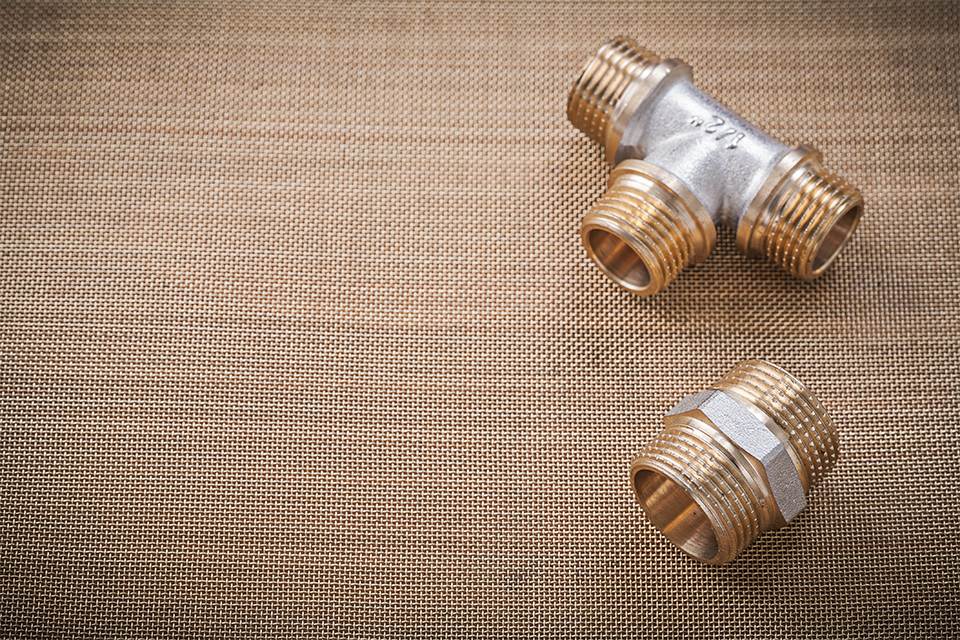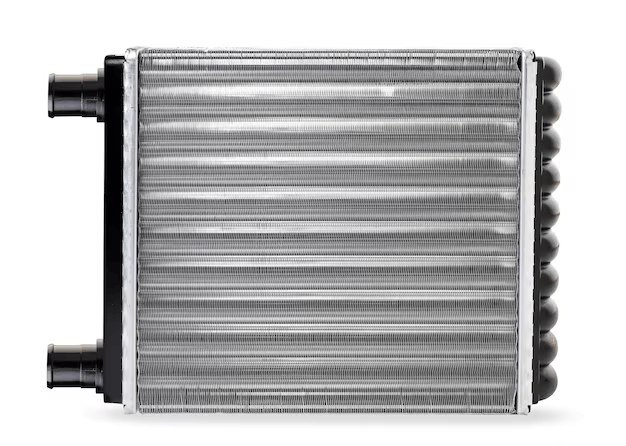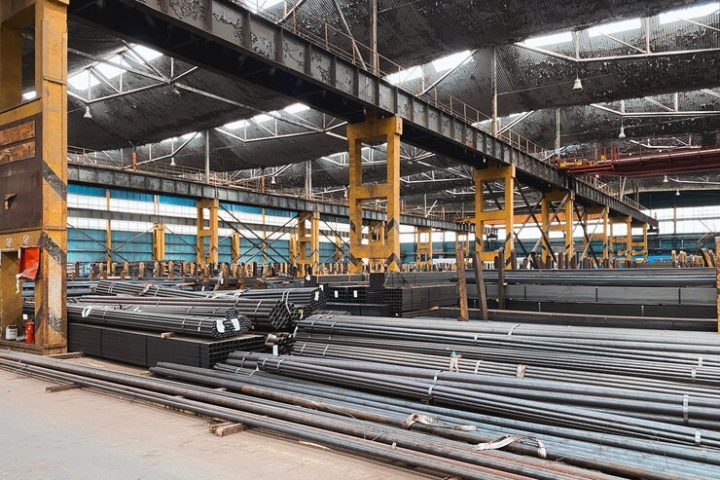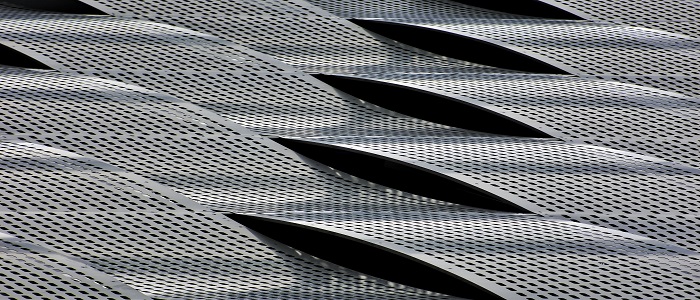Introduction:-
The Ball Valves came into existence in 1950 and gained popularity. The ball valve contains a ball having holes in it. After the coordination of the pipe and pocket, water or other fluids can pass through it.
There are different ball valves like flanged, hydraulic, standard, and vent valves. The creation of a ball valve takes place with the help of a valve stem, a valve seat, O-rings, and a valve housing.
Different materials for making ball valves are:-
brass, bronze, copper, cast iron, stainless steel, ductile iron, metal alloys, and plastic. There are numerous parts of the ball valve, valve housing, ball, shaft, bonnet, and seat.
How its work
It works as machinery way. Either human beings can operate these or with the help of the switch. The definition of a ball valve controls the flow of liquid or gas by the rotary ball, which has a bore. Once the ball rotates in a quarter turn, it blocks or helps the flow. Ball valve acts as reliable sealing and increases life span even if there is no usage for a long time. It resists contaminated media more than other valves. Even if the media is dirty, it acts as a reliable sealing.
A list of ball valve manufacturers are:-
Kirloskar Brothers Private Limited:-
The company is from 1888 and produces gate valves, check valves, ball valves, air valves, and butterfly valves. It is the first company to get a factory mutual certificate for its valves.
GM Engineering Pvt Ltd
Design and manufacture valves in the world for the customer. They have valves such as ball, butterfly, check, globe, and line.
They are a leading ball valves Manufacturers.
Ball Valves Advantages
- The sealing available in the Ball valve is perfect for protection on both sides.
- The flow resistance in the Ball Valve is very economical.
Ball Valves Disadvantages
- The creation of a valve seat available in the Ball valve is through Teflon. Teflon is sensitive to cold flow. While making ball valves, Ball valves suppliers in India have to keep in mind the limitation of Teflon, as the company might face problems due to this.
- Above 180 degrees, Teflon available on the ball valve does not work.
The Application of the Ball Valve:-
The usage of ball valves in a variety of the application, including:-
- Urbine Skids
- Compressor Skids
- Generator Skids
- Separator Skids
- Field Gas Plants
- Crude Oil Plants
- Gas Feed Lines
- Polymer Plants
- Automated Process Applications
- Industrial Gas Processing Plants
- LNG Plants
- Hydrocarbon Processing
- Tank Farms
- Oil Refinery Feed Stock Lines
Conclusion:-
The ball valve is a cost-effective solution that helps flow control where an accurate flow rate is not required. Ball Valves usage is mainly in hydrocarbon process applications and low-flow situations. It plays an essential role in regulating the rise and fall of pressure levels that lead to the bursting of pipes or leakage of hydraulic fluids. There are numerous shapes, sizes, and materials of Ball Valves. The ball valve is known for consistency as it is durable and maintains the ability to perform.



